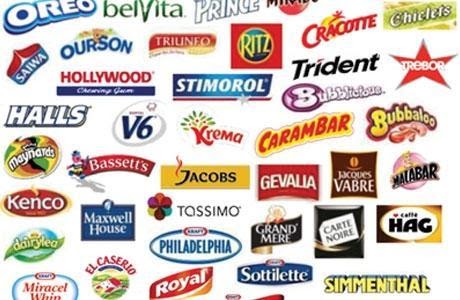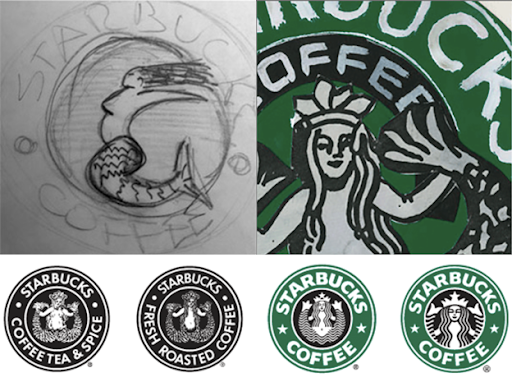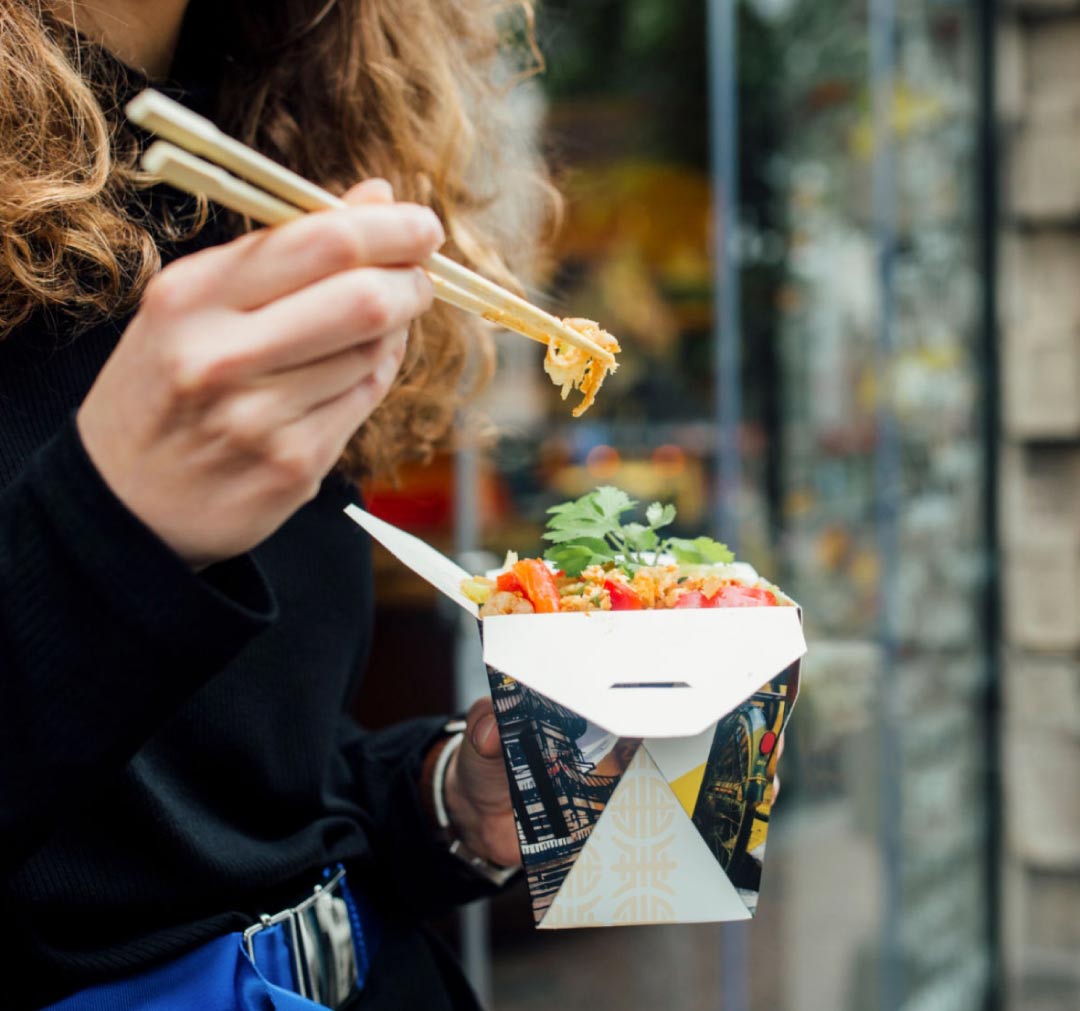Warning Labels: Things You Need to Know
Branding, without a doubt, is the most powerful form of communication and marketing available. No matter the product or service you are offering, customers will want to know who they are dealing with to trust your business's integrity and how you deal with customers. Branding has a significant impact on customers' decisions whether they are conscious of it or not.
Anyone who owns a business knows that brand building is crucial. Achieving brand recognition and loyalty can be difficult. This is due to various factors, including the increasing flow of distractions in our life—also, the rise of technology and even globalization.
As a startup company, it is essential to create a brand identity as soon as possible. The benefits of building a brand early on in your company include valuable exposure, improved marketing efforts, and messages targeted towards your audience. Utilizing logo design services will help you build an effective branding strategy.
Businesses make millions of dollars selling their brand. They sell the idea behind their product instead of spending a great deal of time, money, and effort into selling products. Businesses sell soda, jeans, banks, and more, from candy to clothes. However, only a few companies invest in creating an identity or brand name.
First impressions are everything when forming customer opinions of your product or service. Having a unique, memorable brand is imperative to creating customer loyalty and driving repeat sales. But there is more to creating a unique brand than catchy imagery and clever words. It would help if you made an ultimate brand label. This leading brand label is crucial to enhancing your online presence and ultimately growing your business.
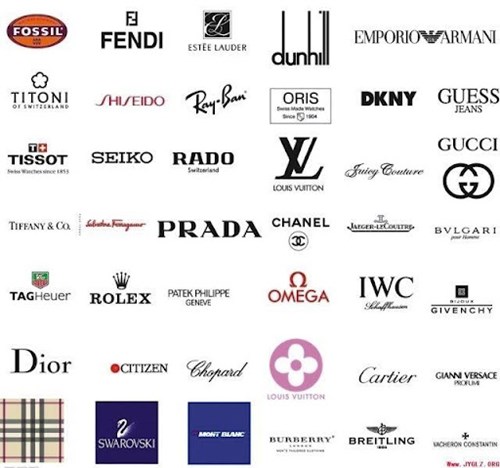
What is a brand label?
A brand label is a logo used by the company to promote its products. It is usually made of plastic or metal and has a shape and design that helps it stand out from others. A brand label aims to help customers identify the product as coming from a specific company. It may also state the country where the product was made.
The History of Brand Labels has been around for thousands of years. They are mentioned in the Bible and Greek mythology, where they were used to mark slaves and property. In ancient Egypt, labels were placed on coffins to show who was buried inside. Metal labels came into use in England during the 1500s. They were used as nameplates on doors and gates, bouquets, and even weapons.
These metal tags had symbols engraved on them that represented their owners. In America, brands were first used by cowboys to mark their livestock. The animals were branded with a logo that told the owner's name or ranch location. So that he could claim them later if they got lost. Since this system worked so well with cattle, it was soon adopted by other businesses.
In today's marketing world, you need a brand label. A brand label is a logo that serves as a symbol for your business and helps distinguish it from competitors. The idea behind branding is to create a unique image for your company.
Your company name and logo will be used in places, including your business cards and in the packaging, website, banner ads, and other places where you advertise. To create a great brand label, think about what makes your product unique. And how you can emphasize that uniqueness in your logo.
From there, try to create an image that represents this trait in an eye-catching way. For example, if you make organic fruit snacks for kids, you might want to use a child's picture with the fruit snack boxes in your logo.
Remember that a good brand label doesn't only have to be used on your business card or other promotional materials. It can also be used on packaging or even incorporated into the design of your website.
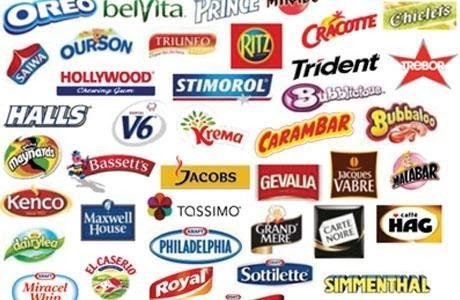
What does a great brand label look like?
Branding is how you interact with your customer and how they perceive you. What does your brand look like? Are you big and bold or small and subtle? Do you have crazy colors that jump off the page, or do you prefer to keep it simple with just black and white? The colors you choose reflect your personality and how people will perceive your brand. Maybe use softer colors like pink and blue if you're targeting families.
To attract younger crowds, use bright colors like yellow and orange. The only rule of thumb here is that your colors should be consistent throughout all of your branding materials so that people recognize them from one place to another.
Product labeling is a great way to add personality and style to your products, but it also helps build a connection between your brand and your customers. Hand-crafted, organic, or eco-friendly products are just some of the ways a label can differentiate and add value to your product range, as well as reinforce brand identity.
Here are a few ways to build a brand that sings across the board:
Match the tone of your brand. A single cohesive voice can make customers feel like they're getting to know you on a personal level. That familiarity builds trust and loyalty, so use fonts and colors consistently across your products.
Pair soft, handwritten fonts with watercolor illustrations for an earthy aesthetic, or go bold with hand-drawn logos in metallic gold foil for a sleek look—textual consistency.
The name and tagline should be straightforward to read, whether you decide on serif or sans-serif fonts. Likewise, make sure the text is laid out clearly and uses the same typeface throughout. Consider using icons and symbols in addition to text on small items like stickers and pins — it's more memorable than "The Gourmet Cupcake Company" when displayed on a sugar-dusted treat.
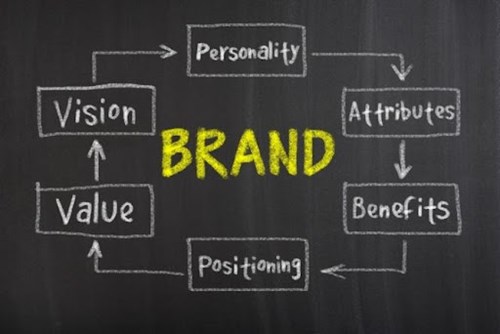
Must-have elements of all great brand labels
Whether you're a retailer, wholesaler, or manufacturer, all great brand labels have three must-have elements. Understanding these elements and incorporating them into your production process can help you increase your sales and market share. A strong brand image is the first element of all great brand labels.
Your logo, color scheme, typography, and other design elements are essential because they create an overall look for your product that represents your company to your customers. When customers see a product with a great label design, it immediately sparks brand recognition and leads to consumer loyalty.
Next, all great brand labels are easy to read. The more complicated or unclear the label text is, the less likely it is that your customer will read it correctly. Including too much information on the label can also be problematic because this may overwhelm the consumer's ability to absorb all of the information at once.
Finally, all great brand labels aren't overly gaudy -- meaning they avoid using too many colors or fonts in an attempt to stand out from other labels on the shelf. This can have the opposite effect by being too distracting and looking unprofessional.
We've put together a guide to help you choose which elements are necessary for your label and work with designers to include them in your designs.
1. Every great design starts with a sketch
Every great design starts with a sketch. Now you can use the power of Adobe Illustrator to do your sketching right inside the program. Tons of designers have created hundreds, if not thousands, of vector art brushes for Photoshop and Illustrator. But many of these brushes don't work well in Sketch.
The good news is that there are many people in the community creating Illustrator brushes that are designed explicitly for Sketch's unique blend of vector and raster editing. In this collection, you'll find over 160 hand-crafted brushes that will help you create beautiful designs in Sketch.
They range from simple shapes like circles and lines to more complex illustrations like leaves and flowers. Each brush was made specifically for Sketch, so you can be sure it will work as expected and won't mess up your Illustrator file.
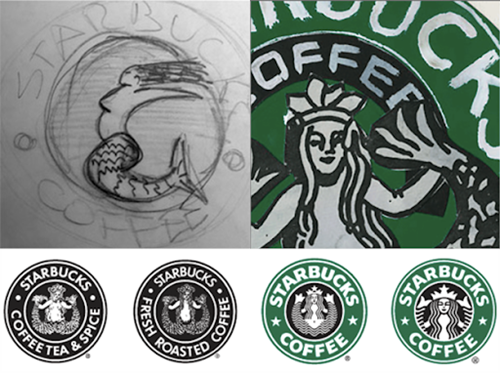
2. Your logo must be scalable to be used across multiple mediums and in different sizes
When choosing a logo, you need to keep the future in mind. Your logo must be scalable to be used across multiple mediums and in different sizes. A logo that doesn't look good at a small size is not a good choice since most customers will see your logo on their credit cards.
It's a good idea to choose a color scheme that can be used for all of your brand labels. If you have multiple products or services, make sure you select a logo that works with all of them.
It's also important that your logo is timeless. A popular trend among new companies is using a trendy typeface and bright colors in their logos. While this may work for some businesses now, it might not work well if it grows and moves into other markets.
A trendy logo might seem dated when the company begins offering luxury products or services to an upscale clientele. A timeless logo can take the company through different styles without feeling outdated or looking amateurish.
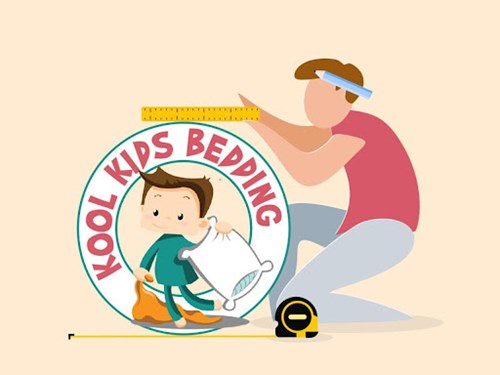
3. The information on your label must be legible, whether it's black text on white or a color-coded design
A good brand label can make your product more recognizable at a glance, so customers can easily find it in the store. It also makes it easier to locate it in their pantry or refrigerator. The information on your label must be legible, whether it's black text on white or a color-coded design.
You should also check for accuracy — food manufacturers have been held liable for mislabeled products, including one company that used "100% pure honey" on a container of corn syrup.
Color coding can work well for multicolored products, such as cookies or cereals, so customers can quickly identify the flavors they want. Your package labeling must comply with all laws and regulations regarding food marketing, including ingredient lists and nutrition information requirements.
Make sure that this information includes at least the following:
Product name Brand name
Company name (if different from the brand)
Country of origin (if different from the brand)
Legal disclaimer (such as "not intended for children")
In some cases, even if you don't have or can't fit all of this information on your label, it is still your responsibility to make sure that customers know where they purchased the product they're using.
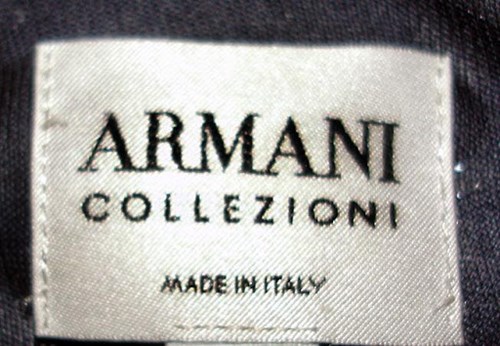
4. Make sure all your necessary information is included on your label, like washing instructions and care labels
When you're designing your label, there are a few things you'll want to keep in mind. First, make sure your label has all the necessary information. This includes washing instructions, care labels, and even the country of origin. You'll also want to think about placement. Tailor your logo to your audience. If you're selling luxury items, you may want to consider using a high-end logo.
The design of your labels will depend on what type of clothes or belongings you're selling. Simple stickers with your logo will probably suffice if you're selling smaller items. On the other hand, if your items are more affordable or have a younger target audience, something simpler may work better.
Your logo should also be easy to read and stand out from the rest of the design. The size of your logo is another important factor. If it's too small, it may not be clear what it is or who made it. It would help if you also considered how colors would affect your label. Consider colors that fit with your brand image and products, as well as those that will show up clearly on store shelves.
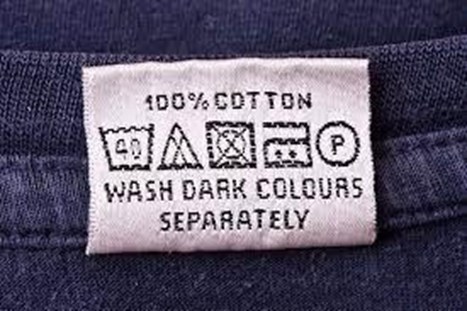
5. Your logo should match the rest of your branding style
But don't feel limited by this! A classic solid color can look great against almost any colorway you choose for the rest of your clothing line.
If you're starting a clothing line or adding one, you'll want to look for brand labels that reflect your branding. There's a wide variety of choices available, but here are some of the most common: Your logo should match the rest of your branding style, but don't feel limited by this! A classic solid color can look great against almost any colorway you choose for the rest of your clothing line.
Availability: There are many great options for branded labels from several manufacturers, so you should have no problem finding something to suit your needs. It's always a good idea to shop around and compare prices to get the best deal.
Caring for clothing: Repeated washing and drying can cause problems with brand labels over time. Check the care instructions on your labels before washing them and follow the instructions carefully to avoid damaging the labels.
Positioning: If you have multiple different clothing items available, it can be helpful to place brand labels on a consistent side or position on each item. This will help your customers recognize and identify your brand more quickly when they see it in stores or online.
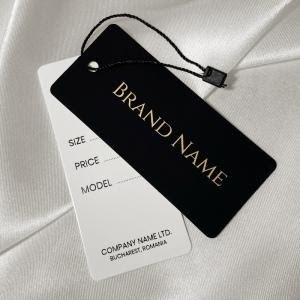
6. Always make sure your label represents your brand's values
The packaging of your product is a reflection of your brand. Always make sure your label represents your brand's values. Your label should be the first impression a customer gets from your product. Here are the basic steps you should follow to design the perfect label for your brand:
Step 1: Write down your goals for developing the label. What do you want to achieve with the final product?
Step 2: Choose a set of colors that fit in with your brand's image and stand out as unique. The colors should not be too bright, but they should also not be dull. Avoid using black because it can make an ugly contrast on the shelf.
Step 3: Make sure that the font and text style you use is easy to read and look good on the label. Research different fonts and choose one that is easy to read and looks good when on a small space such as a bottle or container. You'll want to add some copy or text to the label as well, so it doesn't look so empty or bland.
Step 4: Think about what else you can include on the label, such as pictures or graphics representing your brand's values, mission statement, or beliefs.
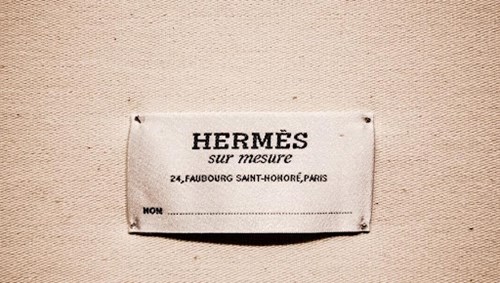
Conclusion
Brand labels are all the rage these days. For a small fee, consumers can slap the label of their choice onto just about anything — from clothing and food to electronics and books — and show the world what they stand for. Yet some brand labels have a dark side that customers may not be aware of: They can harm both workers and the environment.
Although there are specific regulations on how a company can label its goods in each country, there are no regulations on how it must treat its workers abroad. Most companies don't even know how their workers are being treated because they don't employ them directly — they outsource this work to other companies abroad responsible for delivering goods at competitive prices.
The brand label is the brand's calling card. It allows customers to recognize your company's products with a single glance at product packaging, promotional items, and more. The label's design should be tied to the overall brand identity and have a look that is cohesive with other marketing materials.
The label must also be functional, ensuring that it can be read correctly regardless of lighting conditions or whether it has been printed on paper or directly on a product. One thing to keep in mind when designing a label is that you should make sure it can fit on multiple packaging sizes.
If your product comes in many shapes and sizes, you may need different labels for each one. In addition, while you may want the front of the package to feature your logo, the back of a box is generally reserved for information about ingredients, nutritional facts, and directions.
Branding, without a doubt, is the most powerful form of communication and marketing available. No matter the product or service you are offering, customers will want to know who they are dealing with to trust your business's integrity and how you deal with customers. Branding has a significant impact on customers' decisions whether they are conscious of it or not.
